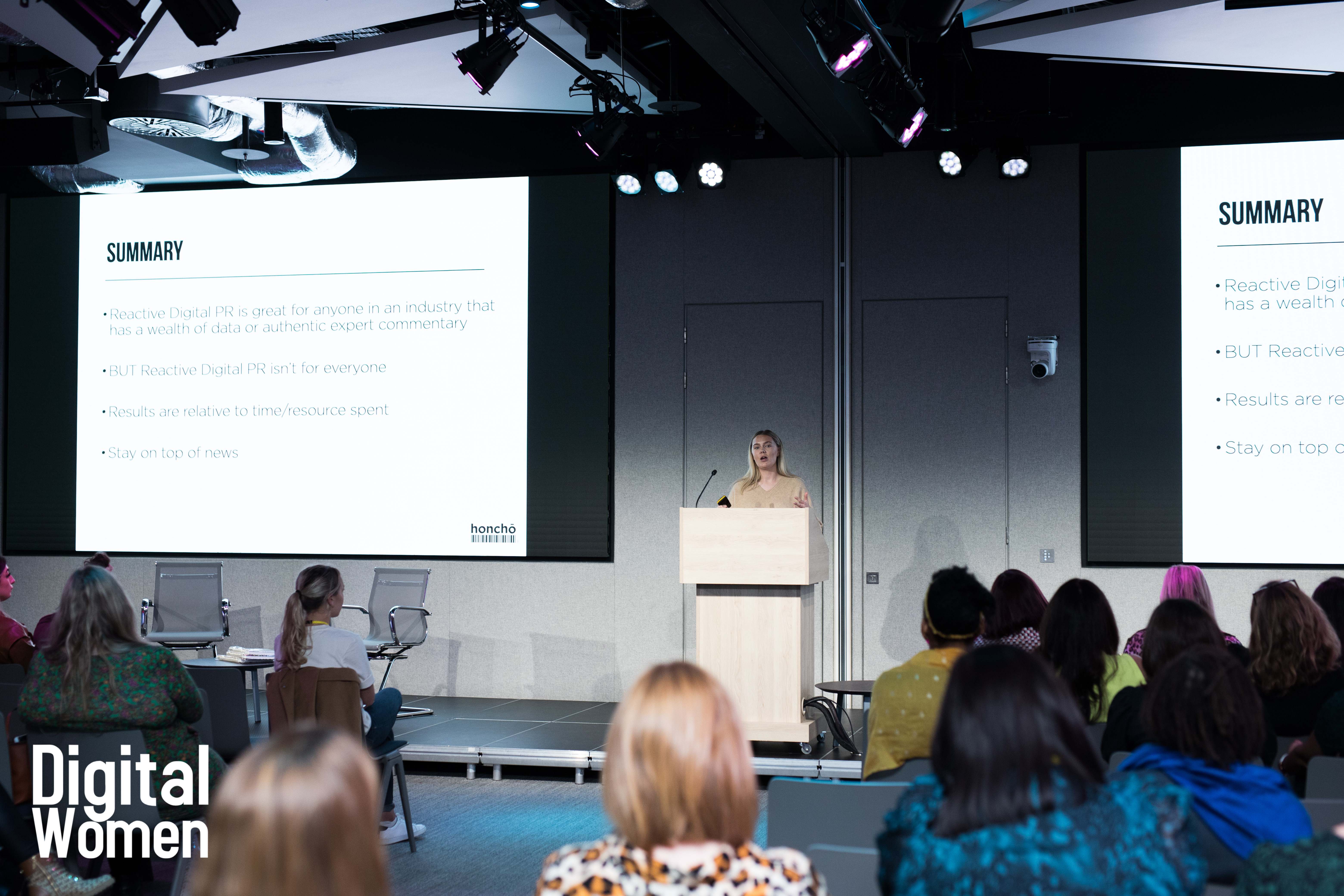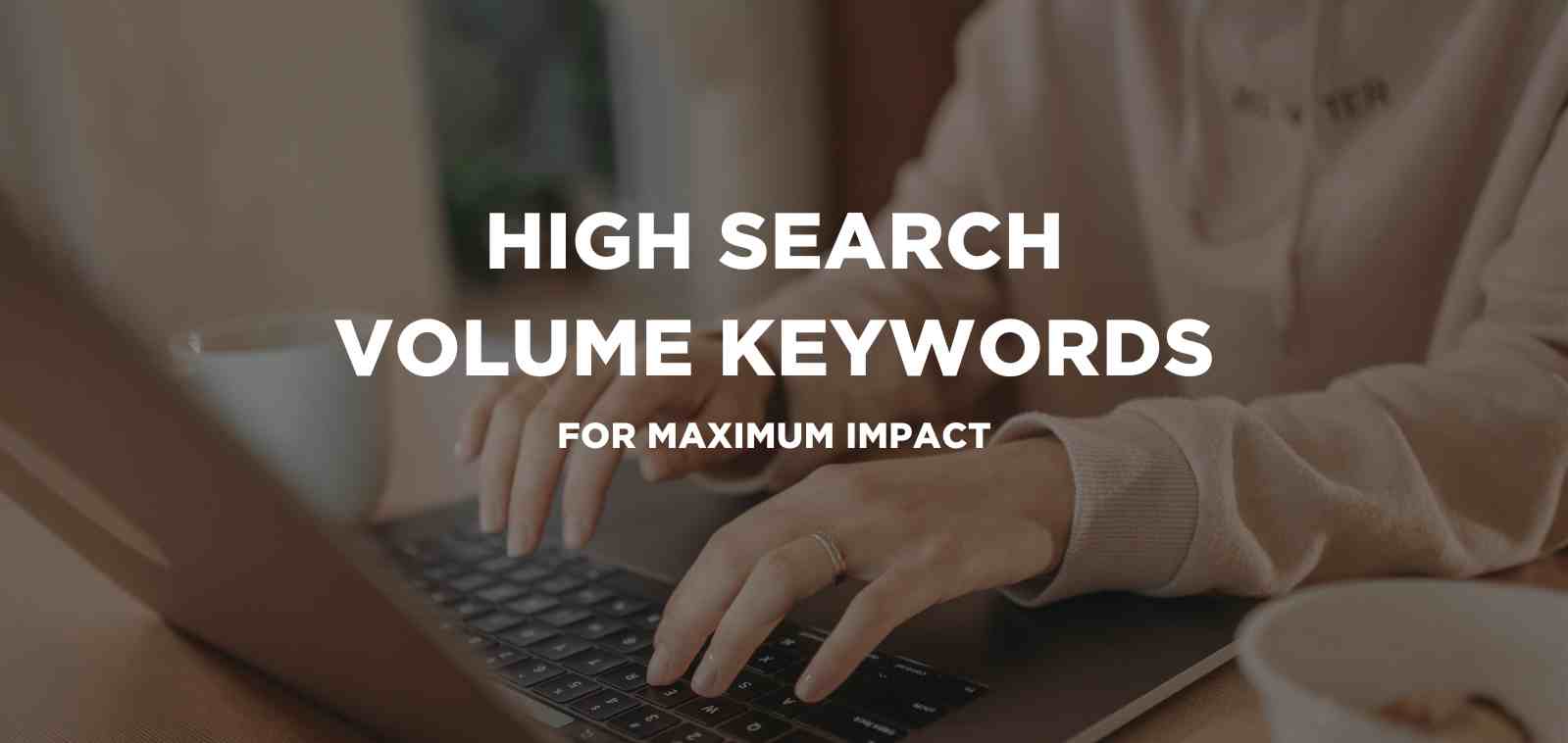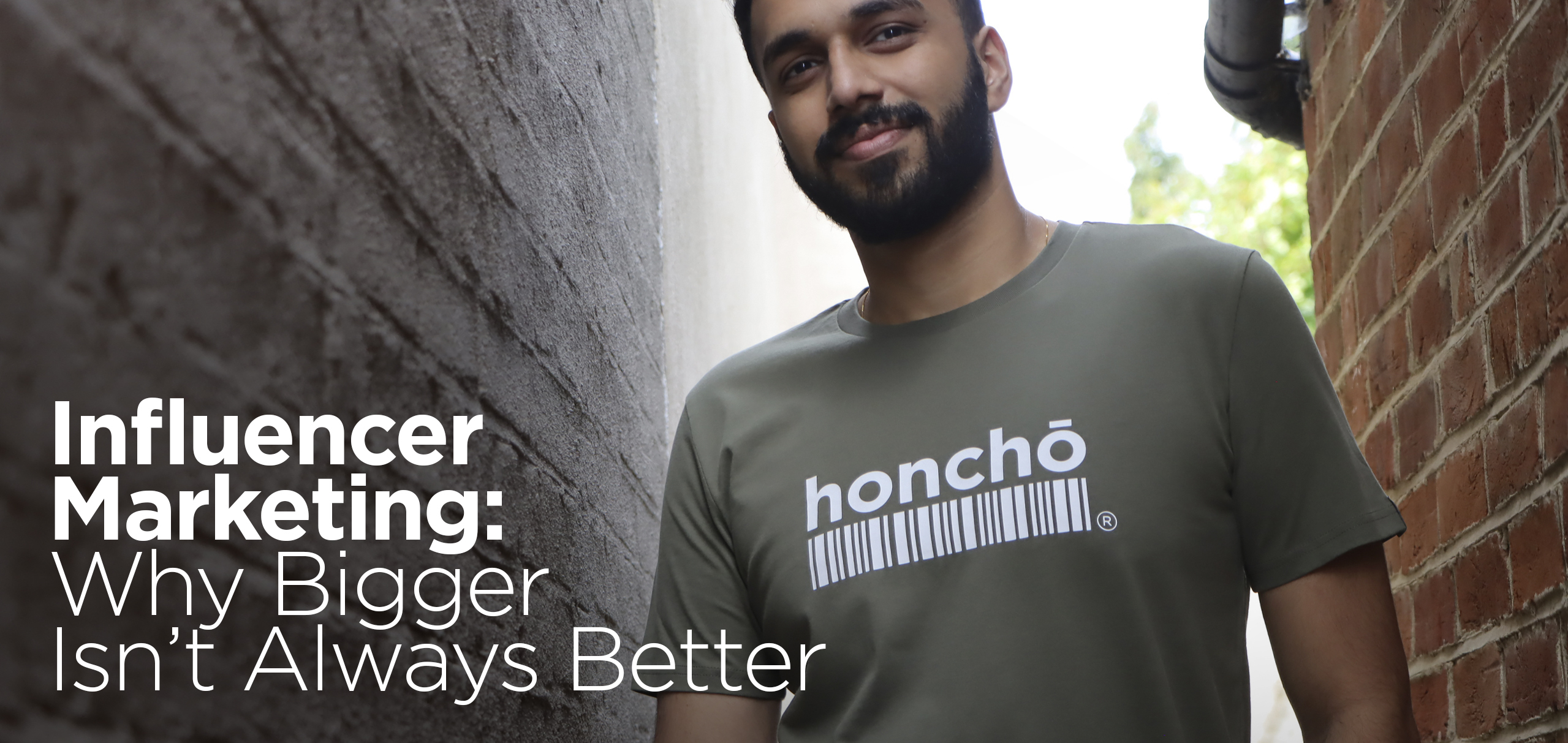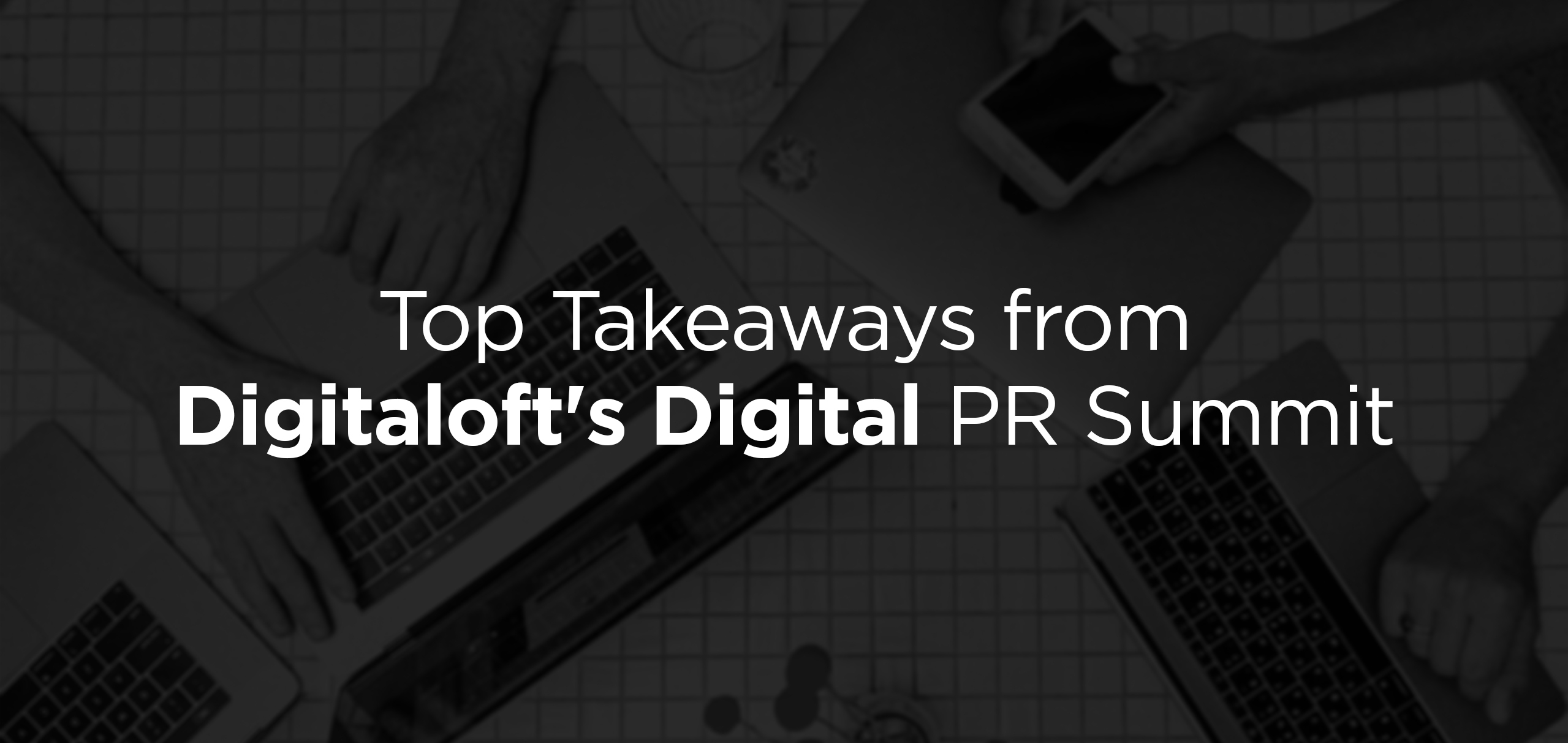5 min read
Harnessing High Search Volume Keywords for Maximum Impact
Discover the power of high search volume keywords and how to effectively use them to boost your online presence and drive maximum impact.

So firstly, how has Digital PR changed? A lot has changed in the last 10 years within the world of digital but also in the real world, there’s been times of uncertainty and definitely times of worry – dare I say the p word (pandemic in case you didn’t realise).
We were so used to seeing big shiny full page takeovers and interactive calculators that took a lot of time, resource and money and then we saw the times of the map and the index (I do still have love for them both) to now where we are seeing lots of AI campaigns. These trends appear as a reflection of how stories are being covered in the press and the reaction to that but things look quite different now. The 24 hour news cycle has always and always will be at the forefront of most digital PR’s but the way things have been recently, you can go to sleep on a quiet news day and wake up to a resigned prime minister, cost of living crisis or even the death of a national figure.
With this, the strategy has to change and some small businesses that are investing in Digital PR can take less risks with their budget. Here comes in reactive PR.
The key to reactive is speed – clients or the business wants results quicker, journalists want key information and interesting stories quicker and ultimately the digital PR’s want to get their work out there quicker.
Reactive digital pr is all about response and you guessed it, reacting. It relies on there already being a story, article, trend etc out there that you are able to respond to with a link to the brand you are representing. This involves an always on approach where you are looking out for trending news stories or maybe even awareness days.
It can take many forms but due to the speed of reactives, more often than not this can involve a simple press release or pitch email containing the information you want to provide. Allowing time for graphics, on page copy and upload isn’t a luxury you have with reactive.
It’s important to ask yourself what you are bringing to the story that isn’t already being discussed – naturally this can be quite difficult with a trending news story because a lot of people are weighing in so firstly judging if this is the right opportunity for you is important.
Then ask yourself, can we provide an expert comment? Do we have maybe internal data that would work for this story? Are we an authority to discuss this topic? We see more often that I would like lots of bigger companies joining discussions on topics that they are not necessarily authoritative to discuss. For example, we don’t want to see Coca Cola talking about the rising cost of cheese – it just doesn’t make sense.
Industries that reactive works especially well for is automotive, property, travel and insurance.

So, how is reactive PR different to traditional?
Firstly, the differences between reactive and traditional are the same as digital.
And, how is reactive PR different to digital PR?
So now we know what it is – how can we be reactive?
I’m going to run you through some key tips that myself and my team use when being reactive – we use these as a constant checklist in our minds when in that reactive zone. My number one tip – if you have any doubt don’t do it!
Things you should be doing:
Things not to do or things to consider:

Ready to leverage Reactive Digital PR? Let’s chat!

5 min read
Discover the power of high search volume keywords and how to effectively use them to boost your online presence and drive maximum impact.

2 min read
We're delighted to officially announce our partnership with Eflorist, one of the world’s leading flower delivery brands with over 54,000 local flower...

5 min read
Working agency-side in digital marketing often means that you’re expected to be a jack of all trades, with industry expertise stretching across...

2023: what just happened?!

Antoinette is a Digital PR & Outreach Executive at Honcho, but she also has extensive experience as a micro-influencer on Instagram, YouTube and...

Digitaloft’s Online Digital PR Summit took place on 29th September 2021. A free event, open to anyone from a traditional PR background transitioning...